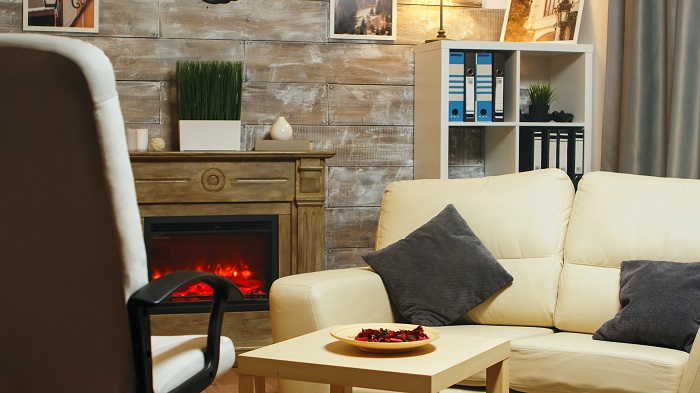Renovating a home is a major task, whenever it comes time for you to undertake it. On top of the significant cost associated with a major whole-property renovation, there is a great deal of different aspects to take into consideration when embarking on such a project. For one, your interior design aspirations should, on some level, meet with existing design trends – particularly if you have aspirations to sell your property in the future.
For another, functional aspects of the home like its central heating system need to be engaged in tandem with interior design decision-making; this is true not just due to the rising importance of addressing the climate crisis, but also due to the rising costs associated with heating a home. Besides, there are aesthetic advantages to a heating system overhaul. But what are they?
Radiators as Design Element
Radiators are often taken for granted as essential aspects of a home’s heating system. As such, they are given a pass for being nondescript, or even ugly in nature, due to their clarity of purpose. But a fresh approach to your radiators as you renovate room-by-room could yield some refreshing results.
There are many different designs and forms available on the market, which you can use to accentuate any themes running through your renovation project; radiator shapes and sizes can also be used to the benefit of awkward room shapes, where vertical options bring height to spaces instead of bulk.
Underfloor Heating
Radiators are but one way to deliver heat to the home. Underfloor heating is another, and one which has existed for some time – but which has become much more efficient, and hence viable, in recent years. This is particularly true with the increased usage of air- and ground-source heat pump systems, a more sustainable alternative to combi boilers that transfer heat from outside in. Underfloor heating also has the benefit
of completely freeing up wall spaces, giving more options for walls and for room layout.
Smart Technology
Smart technology is a difficult intervention to ignore when looking at interior design in contemporary homes. It is becoming all the more ubiquitous in heating systems, from smart meters that track energy usage to IoT-enabled heating systems that can be programmed by app. The aesthetic angle of many smart devices in this field is highly modernised, which can work against more rustic aesthetics; careful consideration needs to be applied here.
Form and Function
This has already been acknowledged with regard to radiator systems, as above, but it is important to recognise the wider relationship between form and function. Functional items unavoidably have a form all of their own, and one which can work with or against a given interior design. This is how smart technologies can work against your aesthetic interests and principles. But leaning into the form of functional items can also be a gateway to intriguing design, as with Brutalist aesthetics. Ultimately, the decisions are yours to make – but being informed on aesthetic practice and the opportunities presented can only be a help. To find out more about house and land packages in Melbourne be sure to visit Carlisle Homes.
Image by DCStudio on Freepik





No Comment! Be the first one.